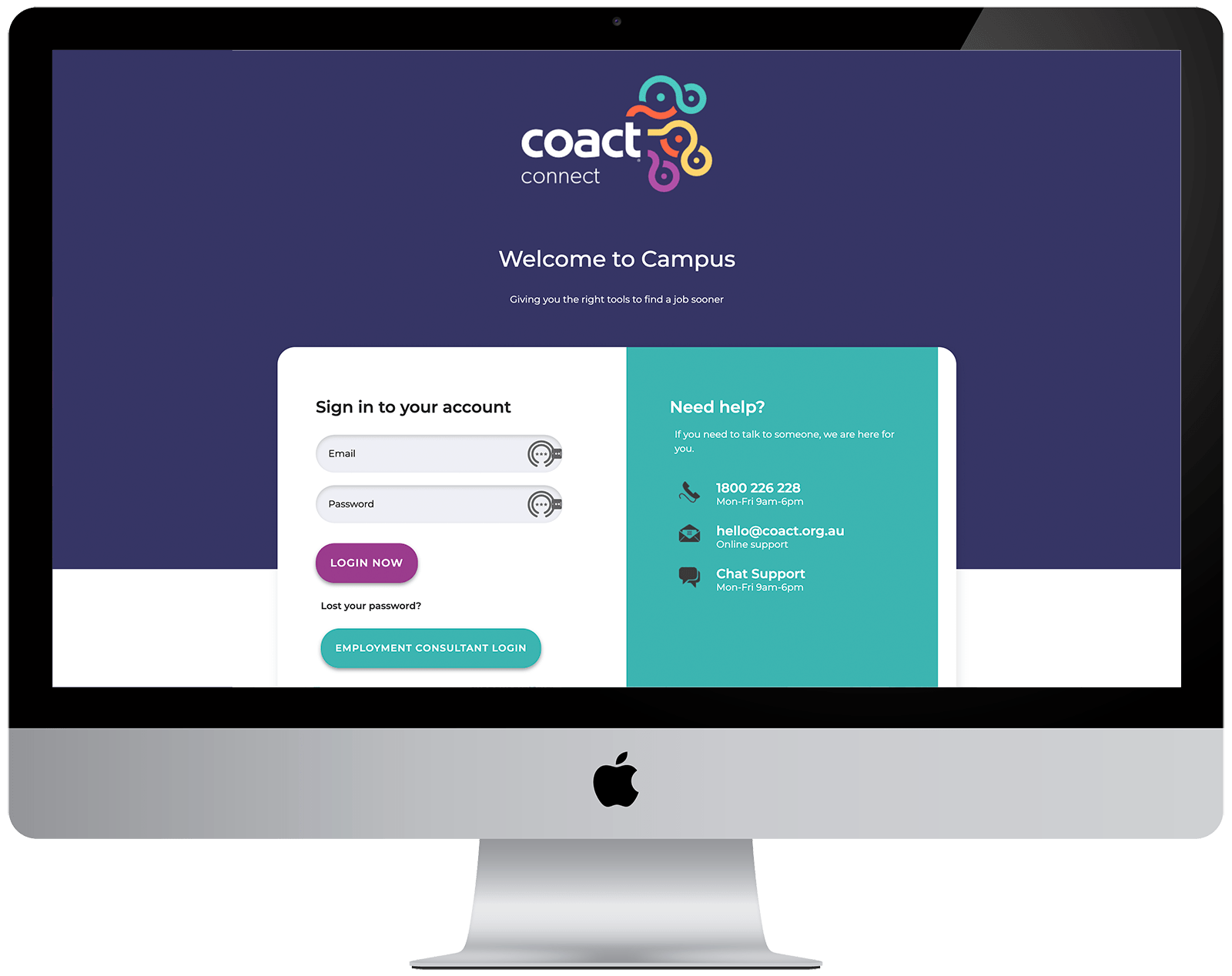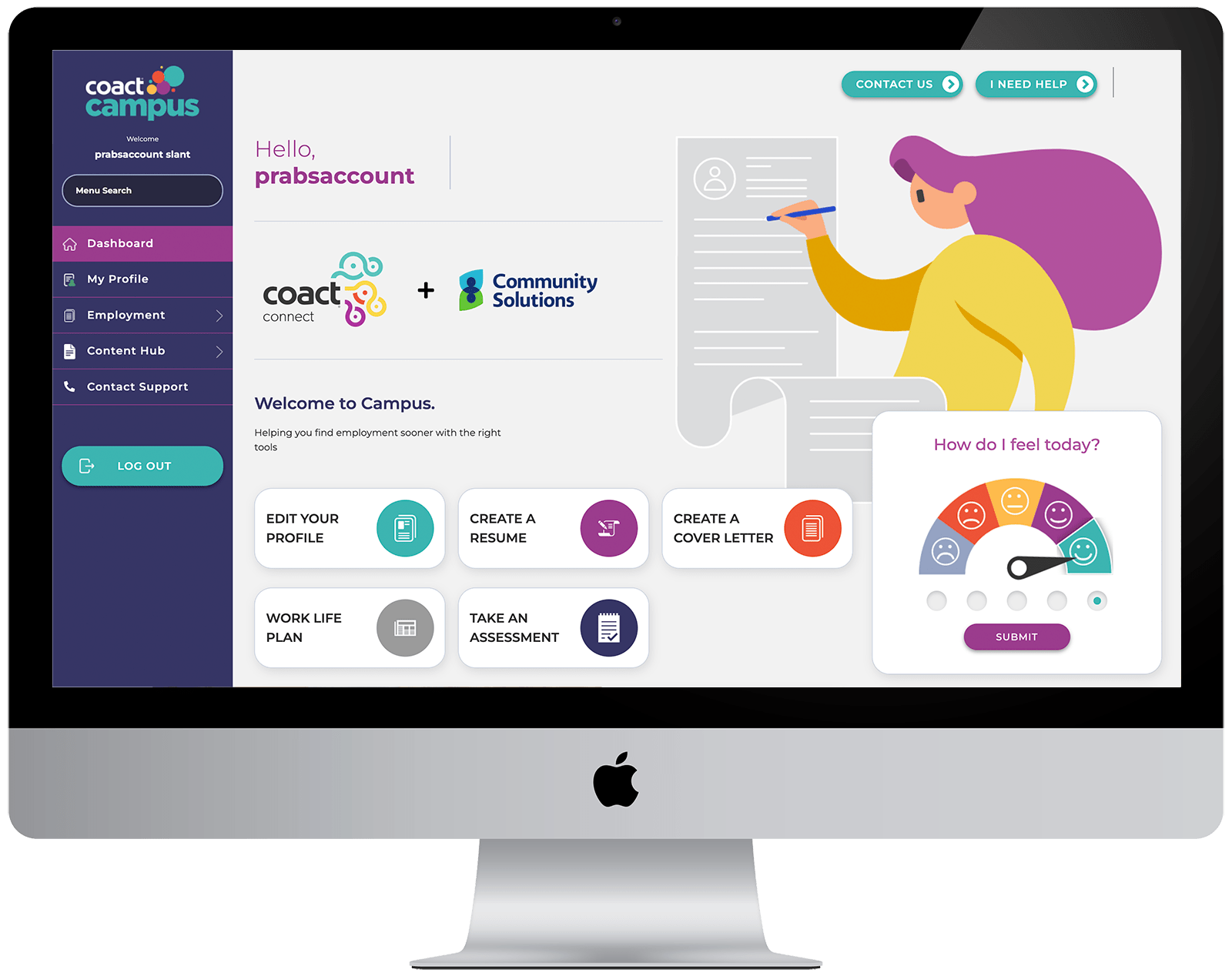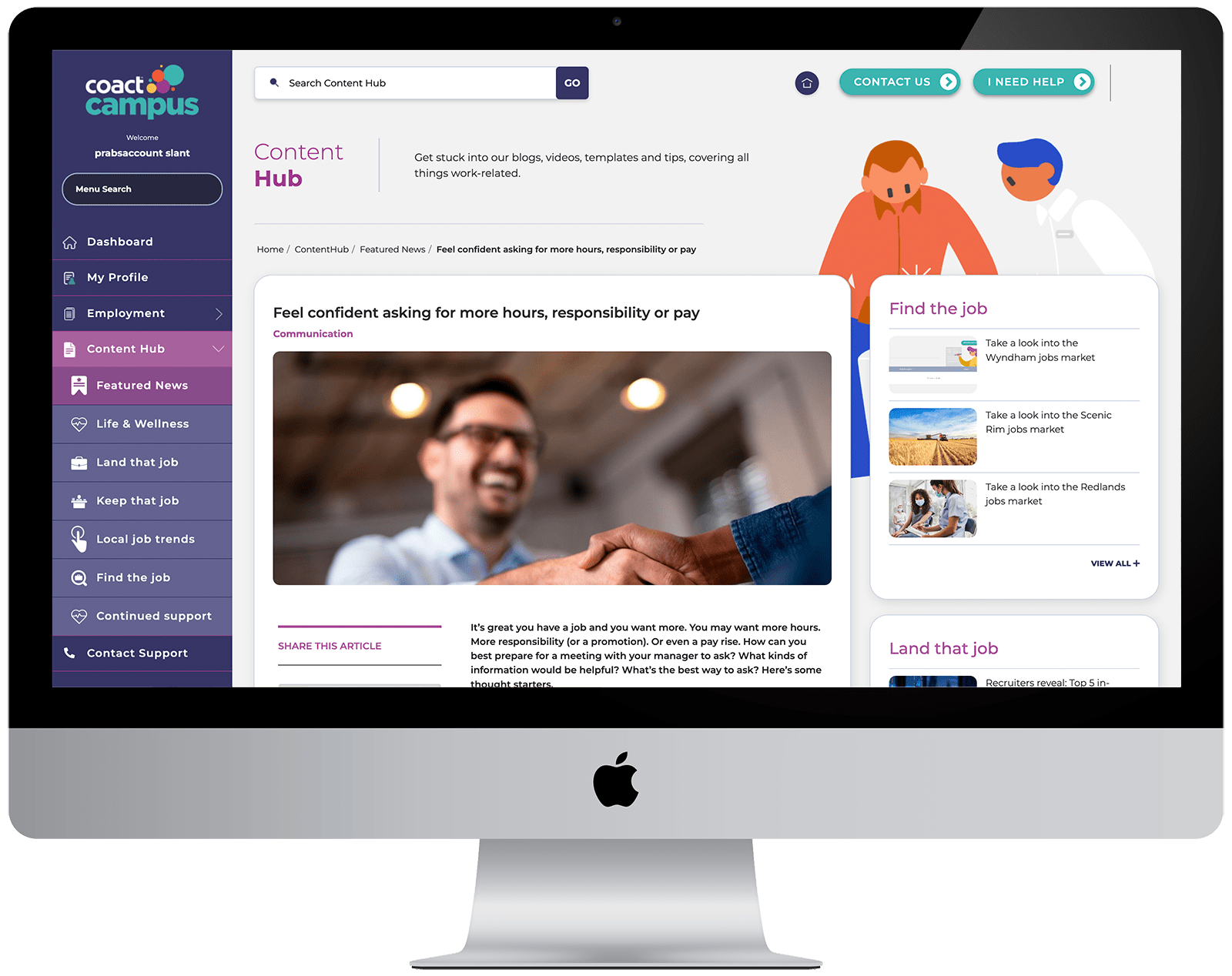From Concept to Reality, A Guide to Building a Web Application
In today’s digital landscape, web applications have become a powerful tool for businesses to deliver exceptional experiences and drive growth.
Summary:
Building a web application is an exciting endeavor that requires careful planning, expert development, and continuous optimization. By defining your goals, creating wireframes, choosing the right technology stack, developing and testing rigorously, implementing robust security measures, and deploying with monitoring in place, you’ll create a web application that fulfills your vision and delights your users. So, get ready to unleash your creativity, collaborate with experienced professionals, and bring your web application to life. With dedication, attention to detail, and a focus on delivering an exceptional user experience, your web application has the potential to revolutionize your business and make a significant impact in the digital realm.
Whether you’re developing a custom customer portal, an e-commerce platform, or a productivity tool, building a web application requires careful planning and execution. In this blog post, we’ll take you through the essential steps to bring your web application idea to life. Get ready to embark on a journey of innovation and create a web application that truly stands out!
-
- Define Your Goals and Requirements: Start by clearly defining the goals and objectives of your web application. Consider the problem you aim to solve, the target audience, and the features and functionalities you want to include. Conduct thorough market research and gather feedback from potential users to ensure your web application addresses their needs effectively.
-
- Sketch and Design Wireframes: Visualize your web application’s structure and layout by creating wireframes. These basic blueprints help you plan the user interface and navigation flow. Focus on the user experience, ensuring intuitive interactions and a clean design. Tools like Figma, Sketch, or even simple pen and paper can assist you in translating your ideas into tangible wireframes.
-
- Choose the Right Technology Stack: Selecting the appropriate technology stack is crucial for the successful development of your web application. Consider factors such as scalability, security, and the required functionality. Common technology choices include JavaScript frameworks like React or Angular for the front-end, Node.js or Python for the back-end, and various databases depending on your application’s needs.
-
- Develop and Test: With the foundation in place, it’s time to start coding your web application. Collaborate with a skilled development team or bring in experienced developers who can turn your vision into reality. Break down the development process into manageable sprints, ensuring regular testing and quality assurance to catch any bugs or usability issues early on.
-
- Implement Security Measures: Web application security is paramount in protecting sensitive user data and maintaining user trust. Implement robust security measures, such as encryption protocols, secure authentication mechanisms, and strict data access controls. Regularly update and patch your web application to address any security vulnerabilities that may arise.
-
- Deploy and Monitor: Prepare your web application for deployment by choosing a reliable hosting provider or cloud platform. Optimize your application’s performance, configure caching, and set up monitoring tools to track key performance indicators and identify areas for improvement. Monitor your application’s usage, user feedback, and analytics to continuously refine and enhance the user experience.
Here's a Web Application we've recently developed
Request a Quote
Contents
- 1 From Concept to Reality, A Guide to Building a Web Application








